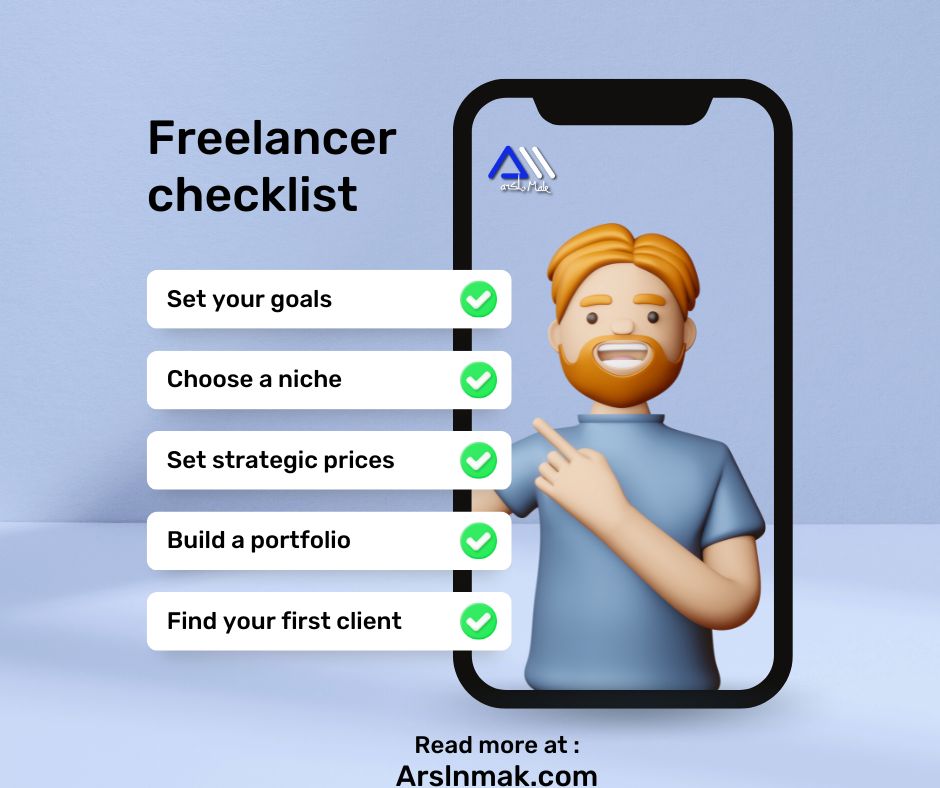How will freelancing work?
Working on projects for clients on a contract basis is known as freelancing. Freelancers frequently work on several projects for various clients at once. The Internal Revenue Service (IRS) views independent contractors as self-employed people.
Part-time or full-time contract workers, freelancers frequently sign agreements before beginning assignments.
Depending on the terms of the contract, the client may pay a freelancer per project, per job, or per hour. Short-term assignments are normal for freelance tasks, while happy clients frequently seek additional work. The majority of freelance positions are found in the creative, service, and skill-based industries, including copywriting, programming, engineering, and marketing.
Freelancer Checklist
- Set objectives.
- Pick a specialization
- Configure a Strategic Price
- Create a portfolio.
- First client to find
Freelancing is a great way to make money and build a career. However, it requires dedication and hard work. To become successful as a freelancer, you need to set clear goals for yourself, choose a niche that you’re passionate about, set a strategic price for your services, build an impressive portfolio and find clients who need your services. With these steps in mind, you can be on your way to becoming an established freelancer.
- Track progress and stay motivated with measurable goals.
- Identify your passion and create a profitable niche.
- Set profitable prices that speak volumes about the value you offer.
- Showcase the best of your work with a killer portfolio.
- Get noticed by the right clients to take your business to the next level.

